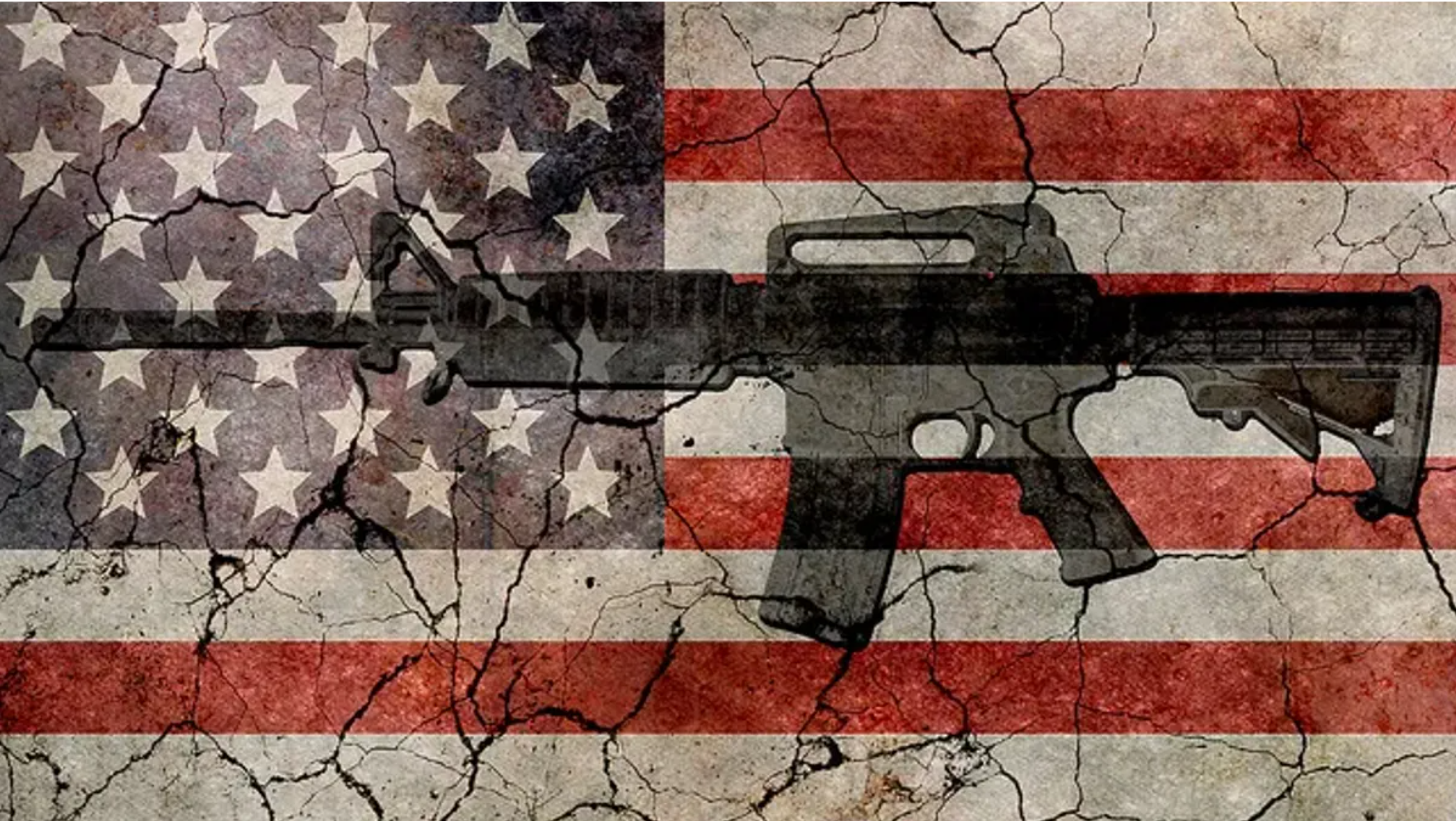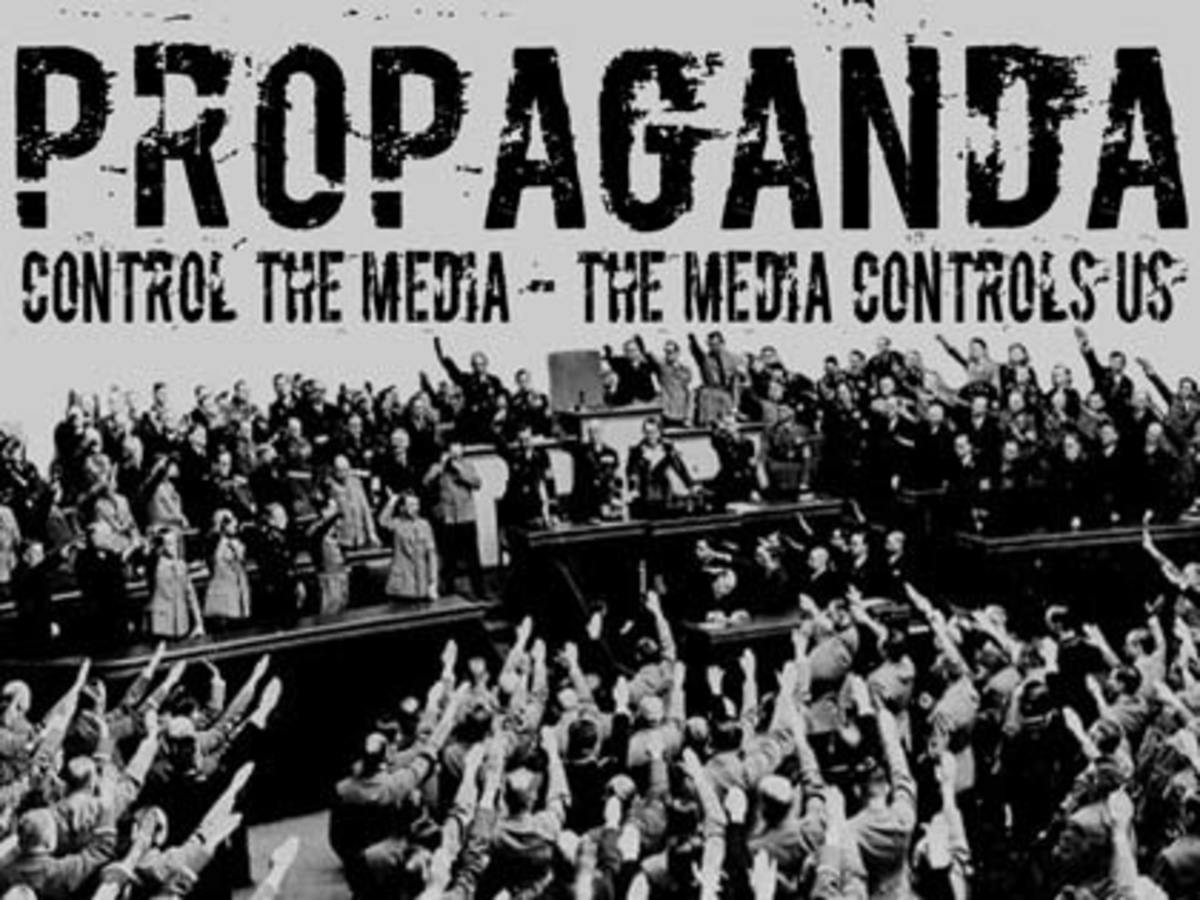Why the Term Assault Weapon is Just a Scare Tactic!
Gun control advocates have long employed the misleading term “assault weapon” to influence public opinion and shape the narrative surrounding firearms regulation. However, the use of this term has sparked intense debate and controversy. Critics argue that the term is intentionally misleading, designed to confuse the public and advance the political cause of gun control.
This article delves into the origins and implications of the term “assault weapon,” examining its historical context, political motives, and impact on public perception. Additionally, it explores the criticisms against the term and analyzes the role of media in shaping the ongoing debate surrounding gun control. By delving into these aspects, we aim to provide a comprehensive understanding of the contentious nature of the term “assault weapon” and its role in the broader discourse on gun control.
The Controversial Term “Assault Weapon”
The ongoing debate on gun control
The topic of gun control has always been a hot-button issue in America, sparking passionate debates and dividing opinions. Among the numerous contentious terms that surface in these discussions, “assault weapon” stands out as one that draws significant attention and scrutiny. Gun control advocates have embraced this term, suggesting that its usage is a deliberate ploy to confuse the general public and further their political agenda.
Understanding the Terminology: Defining “Assault Weapon”
Defining an “assault weapon” in legal terms
Defining what exactly constitutes an “assault weapon” can be a perplexing task. In legal terms, the definition varies from state to state and even among different countries. This lack of uniformity adds to the confusion surrounding the term and gives room for subjective interpretation.
Debating the technical characteristics of “assault weapons”
The technical characteristics attributed to “assault weapons” are also a point of contention. Critics argue that the term is used to describe firearms that possess features such as detachable magazines, pistol grips, or folding stocks, but these features do not inherently make a weapon more dangerous or lethal than others.
Historical Context: The Emergence of the Term “Assault Weapon”
The origin and evolution of the term
The term “assault weapon” did not emerge organically; it was strategically crafted and popularized by gun control advocates. Although the phrase originated in the early 20th century, it gained traction during the 1980s and 1990s when political debates on gun control were at their peak.
Influential figures and organizations in popularizing the term
Influential figures and organizations played a crucial role in popularizing the term. By framing certain firearms as “assault weapons,” they sought to shift public perception and create a sense of urgency around the need for stricter gun control measures.
A group called Handgun Control, Inc. first used the term “assault weapon” in reference to a rifle in a newspaper advertisement way back in 1984.
In 1988, the term rose in prominence after Josh Sugarmann, a gun control advocacy group’s communications director, stated in a Violence Policy Center paper:
“The weapons’ menacing looks, coupled with the public’s confusion over fully automatic machine guns versus semi-automatic assault weapons – anything that looks like a machine gun is assumed to be a machine gun – can only increase the chance of public support for restrictions on these weapons.”
Josh Sugarmann
Clearly, this statement, made by a prominent gun control lobbyist, outlines their true intentions. The objective behind their widespread use of the misleading term “assault weapons” has always been to intentionally deceive the American public, with the ultimate aim of enacting legislation against firearms.
Political Motives: Examining the Advocates’ Agenda
The goals and objectives of gun control advocates
Gun control advocates have clear goals and objectives in promoting the term “assault weapon.” Their ultimate aim is to implement stricter gun control laws and regulations, with the belief that such measures will enhance public safety. By using emotionally charged language and labeling certain firearms as “assault weapons,” they hope to shape public opinion and gain support for their cause.
Strategies used to advance the political cause
To advance their political agenda, gun control advocates employ various strategies such as media campaigns, lobbying efforts, and leveraging public tragedies. While their intentions may be sincere, it is crucial to critically evaluate the tactics used and the potential consequences of sweeping legislative changes.
Seeing Tragedy as Political Opportunity
Gun control advocates often exploit tragic events to further their agenda, strategically using these incidents to rally support for stricter measures. They capitalize on public sentiment, arguing that such tragedies could have been prevented through tighter gun control laws. These proponents leverage emotional appeals and anecdotal evidence, highlighting the human toll of unchecked access to firearms. Statistics and data are selectively presented to emphasize the negative consequences of lenient legislation.
Gun control advocates also employ the media as a powerful tool in amplifying their message, garnering widespread attention for their cause through extensive coverage of these tragic events. While their intentions may be well-meaning, critics argue that this approach oversimplifies complex issues surrounding gun violence and fails to address underlying societal factors that contribute to it. Furthermore, some contend that exploiting tragedy can lead to an erosion of civil liberties if knee-jerk reactions prompt hasty policy-making without thorough analysis or consideration of all perspectives and potential unintended consequences.
In conclusion, the term “assault weapon” carries with it a controversial history. It serves as a rallying cry for gun control advocates, who strategically adopted the term to shape public opinion and further their political cause. Understanding the origins of this term and the motives behind it is vital for engaging in informed discussions surrounding gun control policies.
Impact on Public Perception: Confusion and Misinformation
The public’s understanding of “assault weapons”
When it comes to “assault weapons,” the public’s understanding can often resemble a game of telephone gone wrong. Thanks to the deliberate efforts of gun control advocates to muddy the waters, confusion and misinformation abound.
Contrary to popular belief, the term “assault weapon” is not a technical or legal category. It’s a subjective label that varies depending on who you ask. This lack of clear definition leaves the public scratching their heads, unsure of what they should envision when they hear the term. Is it a military-grade weapon capable of mass destruction, or just a regular firearm with scary-looking features?
This confusion makes it much easier for gun control advocates to advance their political agenda. By invoking the term “assault weapon,” they tap into people’s fears and emotions without providing any concrete information. It’s like saying, “Watch out for the boogeyman!” without specifying what the boogeyman looks like.
The role of media in shaping public perception
While the public’s understanding of “assault weapons” may be murky, the media has played a significant role in shaping the narrative. Sensational headlines and dramatic imagery are the bread and butter of media outlets, and “assault weapons” provide the perfect fodder.
But here’s the thing: the media’s portrayal of “assault weapons” often veers into hyperbole. They tend to focus on the most extreme examples, painting a picture of an imminent threat lurking around the corner. This fearmongering perpetuates the confusion and misinformation surrounding the term, further clouding public perception.
Instead of providing objective information, the media often serves as a megaphone for gun control advocates. They amplify the emotional arguments while downplaying or ignoring the nuanced perspectives from gun rights advocates. This one-sided coverage leaves the public with a skewed understanding and contributes to the ongoing debate on gun control.
Criticisms of the Term: Challenges to the Gun Control Narrative
Arguments against the use of the term “assault weapon”
Unsurprisingly, the term “assault weapon” has faced its fair share of criticisms. Many argue that it is a deliberate attempt to stigmatize and demonize certain firearms based on appearance rather than functionality. After all, a gun’s potential for harm lies not in its cosmetics but in the intent and actions of the person wielding it.
Moreover, opponents of the term point out that it confuses and misleads the public. By conflating semi-automatic rifles or handguns with military-grade weapons, gun control advocates create an environment where all firearms are seen as inherently dangerous. This oversimplification ignores the fact that millions of law-abiding citizens use firearms for self-defense, sport, and hunting without causing harm to others.
Examining counterarguments from gun rights advocates
Gun rights advocates argue that the focus on “assault weapons” distracts from addressing the root causes of violence. They believe that targeting specific firearms does little to address the complex sociocultural issues that contribute to gun-related incidents. Instead of fixating on cosmetic features, they advocate for a comprehensive approach that includes mental health initiatives, responsible gun ownership education, and effective law enforcement.
Furthermore, critics of the term argue that it unfairly targets law-abiding citizens, infringing upon their constitutional rights. They contend that the focus should be on enforcing existing laws and preventing firearms from falling into the wrong hands, rather than penalizing responsible gun owners based on the superficial characteristics of their firearms.
The Role of Media: Influence on Public Opinion and Discourse
Media coverage and portrayal of “assault weapons”
The media’s coverage and portrayal of “assault weapons” play a significant role in shaping public opinion and driving the discourse surrounding gun control. By emphasizing the rare instances of violence involving these firearms, the media creates a distorted perception of their prevalence and danger.
News stories that focus on “assault weapons” as the primary tool of mass shooters perpetuate the misconception that stricter gun control measures will solve the problem. While addressing gun violence is crucial, it is essential to recognize that the vast majority of crimes are committed with handguns, not the so-called “assault weapons.”
Analyzing the media’s impact on public opinion
The media’s influence on public opinion cannot be overstated. By selectively highlighting certain perspectives and framing the debate around “assault weapons,” they shape public sentiment and political discourse. This can result in a polarized environment, where meaningful dialogue and compromise become increasingly challenging.
To foster a more informed and balanced conversation, it is essential for the media to provide objective coverage that includes a diverse range of voices and perspectives. This way, the public can access accurate information and make their own informed decisions about gun control policies.
The Ongoing Debate Surrounding “Assault Weapons”
Reflections on the controversial nature of the term
The term “assault weapon” remains a contentious and controversial topic in the ongoing debate on gun control. Its subjective nature, confusion, and deliberate usage by advocates have fueled public misunderstandings and perpetuated misinformation.
The future of the “assault weapon” debate
As the debate continues, it is crucial to move beyond divisive rhetoric and engage in constructive conversations that take into account the complexities of gun violence and individual rights. By focusing on evidence-based solutions and understanding the nuances of gun ownership, we can strive for a more informed and balanced approach to gun control policies. Only then can we navigate the debate surrounding “assault weapons” with clarity and purpose.
In conclusion, the term “assault weapon” has become a focal point in the contentious debate over gun control. While advocates argue that it serves as a necessary tool to address public safety concerns, critics contend that it is a deliberate attempt to confuse and mislead the public. The use of this term has significant implications for public perception, shaping the way people understand and discuss firearms.
As the ongoing debate continues, it is crucial to critically examine the terminology and engage in informed discussions that balance the need for public safety with the protection of individual rights. Only through open dialogue and a comprehensive understanding can we hope to find common ground on the complex issue of gun control.
Frequently Asked Questions
- Why do gun control advocates use the term “assault weapon”? Gun control advocates use the term “assault weapon” to create a sense of urgency and evoke emotional responses from the public. By labeling certain firearms as “assault weapons,” they aim to convey a perception of increased danger and the need for stricter regulations.
- Are “assault weapons” legally defined? The term “assault weapon” does not have a consistent legal definition across jurisdictions. Definitions can vary from one country or state to another, often based on specific characteristics such as magazine capacity, barrel length, or the presence of certain features like a pistol grip or a collapsible stock.
- Are critics of the term “assault weapon” advocating against all gun control measures? No, critics of the term “assault weapon” are not necessarily advocating against all gun control measures. However, they argue that the term is misleading and often leads to ineffective policies that target cosmetic features of firearms rather than addressing the root causes of violence.
- Does the media play a role in shaping public opinion on “assault weapons”? Yes, the media plays a significant role in shaping public opinion on “assault weapons.” The way “assault weapons” are portrayed in news coverage and popular culture influences public perception and can contribute to the confusion surrounding the term. Media coverage often focuses on high-profile incidents involving these firearms, which can reinforce certain narratives and sway public opinion on gun control.




